Best Enterprise Chatbot Platforms: Top 6 Solutions for 2026

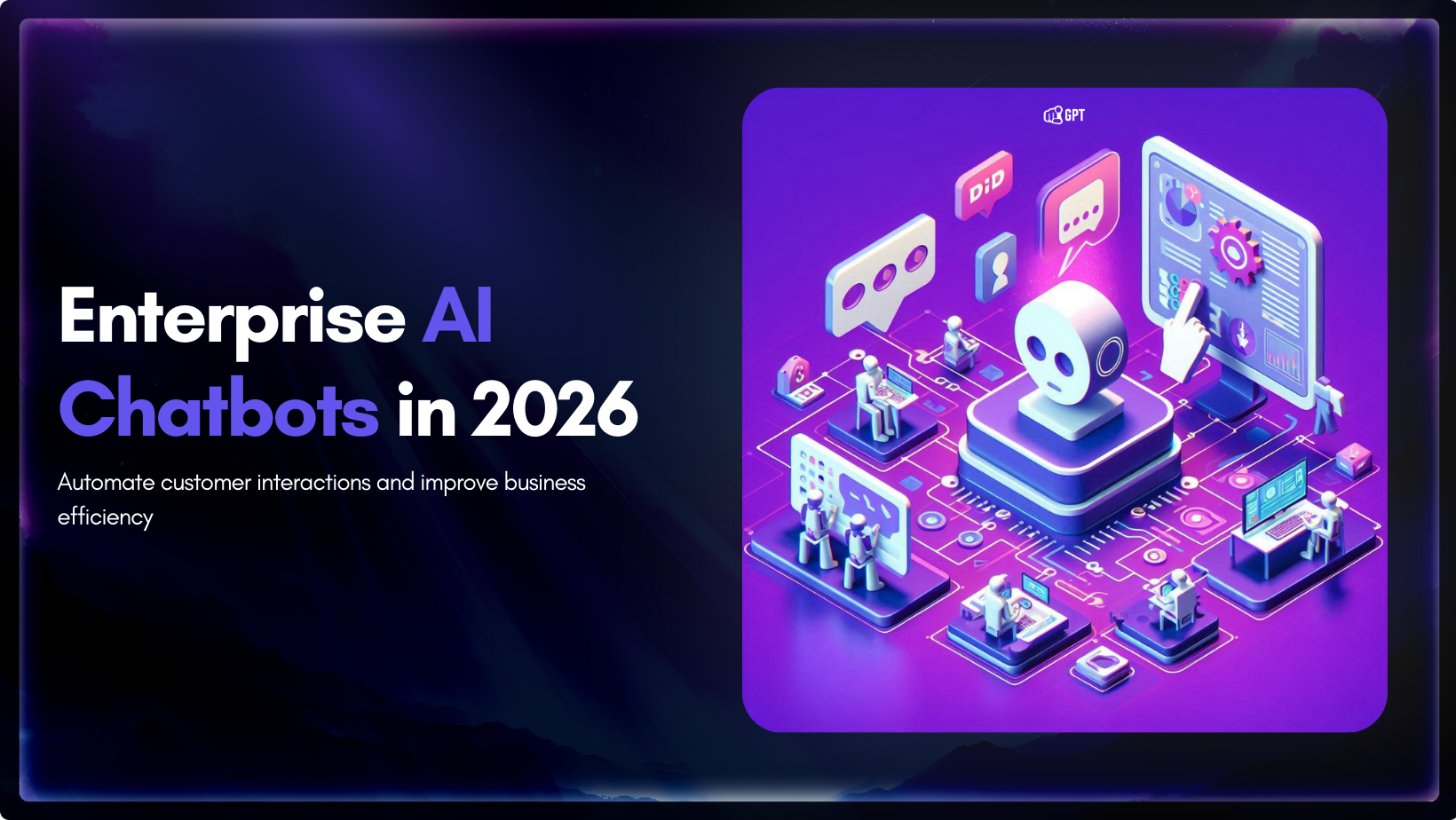
The way enterprises communicate has changed dramatically in 2026. Customers expect answers instantly, employees want faster support from internal teams, and business leaders are under pressure to cut costs without slowing growth.
Meeting all of these demands at scale is no longer possible with traditional tools. This is why enterprise chatbots have moved from being “nice to have” experiments to becoming essential parts of digital strategy.
The enterprise chatbot market is growing rapidly, Grand View Research has projected that it will surpass $27.29 billion by 2030.
Today’s leading platforms do far more than respond to simple questions. They integrate directly with CRMs, ERPs, and collaboration tools. They automate repetitive workflows across departments. They support multilingual, global operations and provide insights that drive smarter business decisions. In short, the right chatbot is no longer just a support tool—it’s a growth engine.
But with a crowded market and plenty of overpromises, the challenge for enterprises is knowing which platform actually delivers.
This guide doesn’t just list chatbot platforms. It helps you:
You’ll learn how to evaluate chatbot solutions against real business needs, see which benefits matter most in 2026, and explore a side-by-side look at the platforms leading the way.
Selecting the right chatbot comes down to one question: will it fit your business needs and grow with you? A strong enterprise chatbot does more than answer questions. It integrates with your systems, adapts to different teams, and delivers measurable results, often requiring a kubernetes expert to support scaling, orchestration, and long-term reliability. Use this checklist to guide your decision.
Start by being clear about what you need the chatbot to do. Chatbots serve different purposes across enterprises:
If your business needs fast deployment, look for platforms with ready-to-use templates. If you need unique workflows, choose one that offers deeper customization.
The best chatbot won’t help if it doesn’t connect to your core tools. A good platform should:
Smooth integration prevents data silos and allows different departments to work from the same information.
Even the best technology needs strong support. Look for vendors who will act as partners, not just providers.
A reliable vendor and an engaged user base make it easier to resolve issues, improve performance, and keep pace with AI advancements.
Enterprises are no longer experimenting with chatbots. They are making them a core part of digital strategy. In 2026, the decision to adopt chatbots is driven by clear business needs and measurable outcomes.
Large organizations face thousands of repetitive requests every day, from order tracking to password resets. Chatbots automate these tasks instantly and allow human teams to focus on more complex cases that require expertise and empathy.
Customers now expect round-the-clock support, regardless of location. Chatbots deliver instant responses across time zones and ensure no customer has to wait for help outside business hours.
Chatbots provide reliable communication that reflects the brand’s tone and standards across every channel. This consistency builds trust and ensures customers receive accurate information whether they interact via web, mobile, or messaging apps.
Enterprises use chatbots far beyond customer service. Marketing teams use them to qualify leads, HR teams to respond to employee inquiries, IT teams to troubleshoot issues, and operations teams to process transactions. This cross-department utility amplifies ROI.
Automation reduces the need for large support teams, cutting costs by as much as 40 percent. At the same time, chatbots improve response times and increase customer satisfaction, delivering both cost savings and revenue impact.
Enterprise chatbots are no longer just add-ons for customer support. In 2026, they play a central role in improving efficiency, engaging users, and generating business value across the organization.
By automating routine tasks and inquiries, chatbots free employees to focus on complex and strategic work. For example, they can instantly answer FAQs about company policies or client orders, allowing human agents to dedicate their time to high-value issues. This creates faster response times and leaner workflows.
Chatbots make interactions more dynamic and responsive. Customers benefit from immediate answers and personalized guidance, while employees can quickly access HR or IT information. Research shows that 83% of customers expect immediate engagement on a website, a need chatbots are uniquely equipped to meet.
For enterprises handling thousands of support queries daily, chatbots dramatically shorten ticket resolution times. They resolve common issues instantly, route complex ones to the right teams, and ease the workload on service agents. This improves customer experience while maintaining operational speed.
Enterprises using chatbots often reduce service costs by up to 30%. Their ability to operate 24/7, handle high volumes simultaneously, and scale during peak demand lowers the need for additional staffing and improves cost efficiency.
When paired with CRM and analytics platforms, chatbots turn every interaction into actionable data. They capture customer preferences, identify trends, and provide real-time insights for sales and marketing strategies. This enables smarter segmentation, targeted recommendations, and stronger engagement.
Today’s customers interact across multiple touchpoints such as websites, apps, social media, and messaging platforms. Chatbots ensure consistent communication across all of them. This omnichannel presence not only supports customer convenience but also strengthens loyalty by creating seamless brand experiences.
Here is a closer look at seven of the leading enterprise chatbot platforms in 2026, including their strengths, limitations, and best-fit scenarios.
YourGPT is an AI-first automation hub that unifies support, sales, and workflows with no-code bots, voice AI, and omnichannel deployment.
Kore.ai delivers pre-built, industry-ready assistants for banking, healthcare, and retail with strong compliance and rapid deployment.
Ada powers large-scale customer experience automation with proactive messaging, multichannel support, and reduced reliance on live agents.
Yellow.ai provides multilingual conversational AI in 135+ languages, ideal for global enterprises needing localized engagement.
Genesys integrates chatbot automation into its Cloud CX contact center platform, orchestrating customer journeys across chat and voice.
Salesforce Agentforce embeds AI-driven bots directly into Salesforce CRM for case deflection, lead qualification, and workflow automation.
Choosing the right AI chatbot platform depends on your business size, industry, and specific goals. Below are six leading platforms in 2026, each with unique strengths, features, and considerations to help you decide which one fits best.
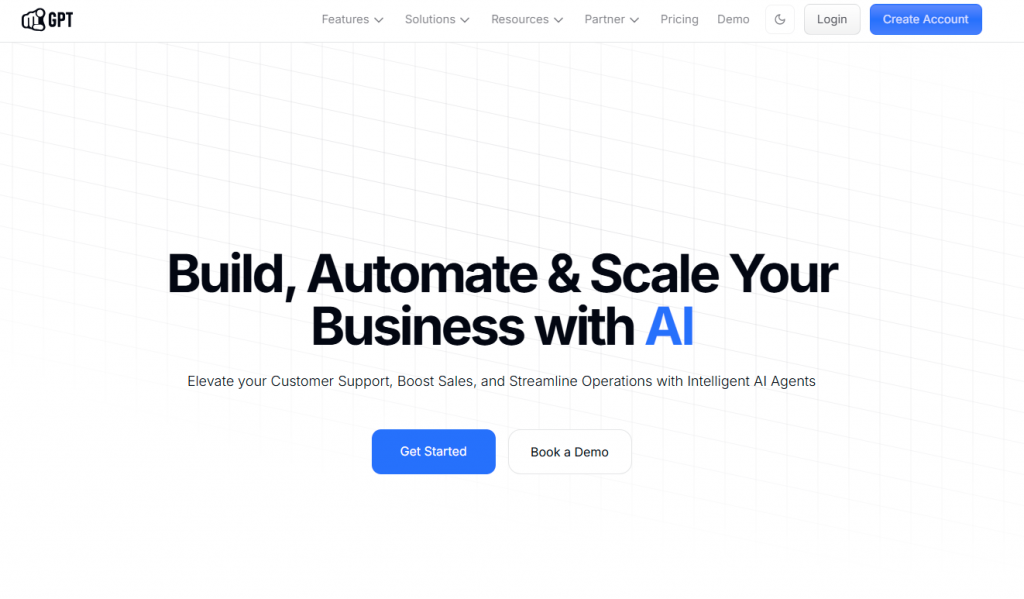
Features
Pros
Cons
Pricing
Custom enterprise pricing based on scale and features.
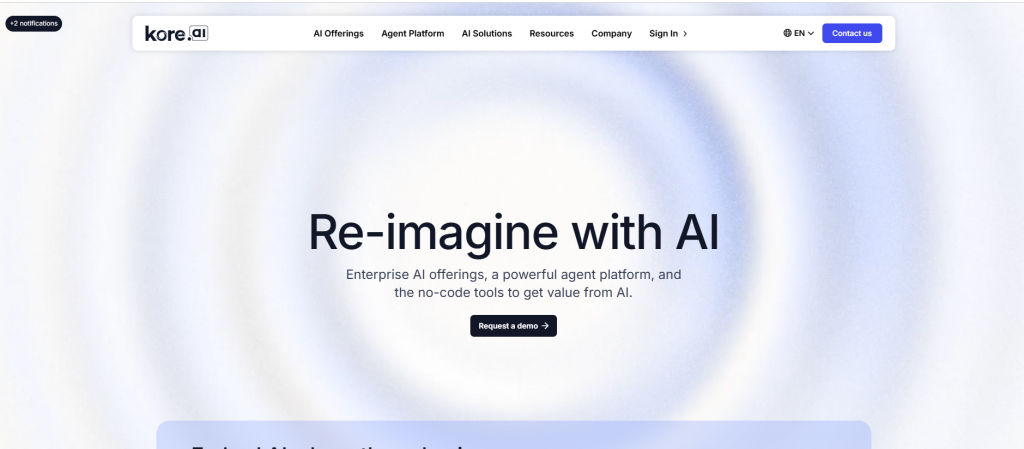
Features
Pros
Cons
Pricing
Custom pricing, typically negotiated for large deployments.

Features
Pros
Cons
Pricing
Custom enterprise pricing, based on usage and integrations.

Features
Pros
Cons
Pricing
Custom pricing, tailored for enterprises with global operations.
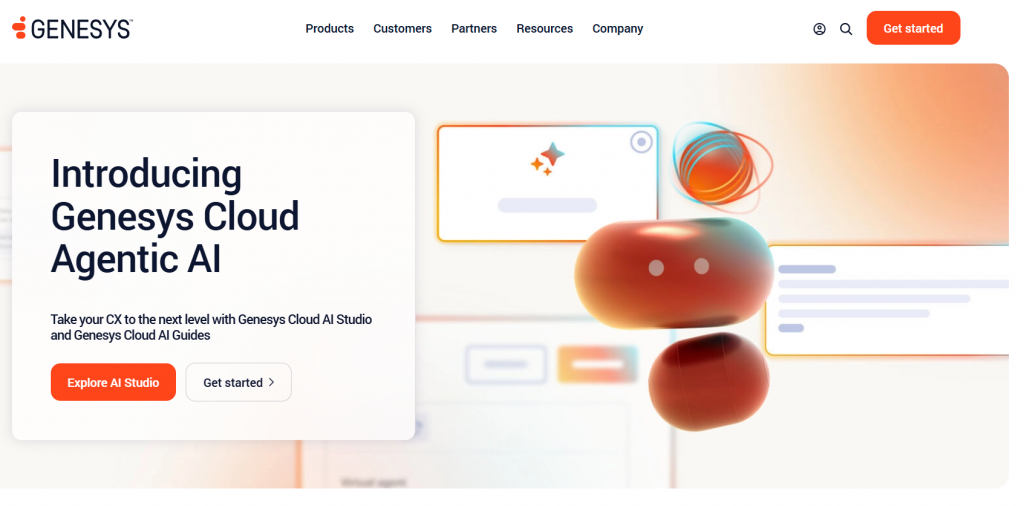
Features
Pros
Cons
Pricing
Subscription-based enterprise pricing via Genesys Cloud CX.
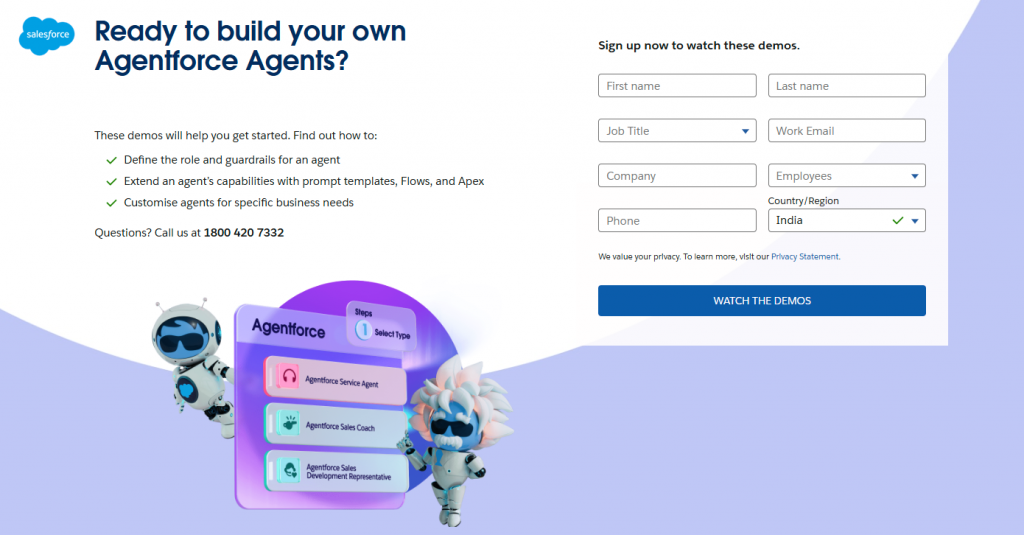
Features
Pros
Cons
Pricing
Available as an add-on for Salesforce enterprise customers.
This table compares the leading enterprise chatbot platforms of 2026, focusing on real differentiators like use cases, scalability, deployment flexibility, and best-fit industries.
| Platform | Standout Strengths | Best For | Deployment Options | Pricing Insight* |
|---|---|---|---|---|
| YourGPT | Combines support, sales, and operations in one hub with voice AI + no-code builder | Enterprises wanting a complete AI-first solution | Cloud & Hybrid | Custom enterprise plans (usage-based) |
| Kore.ai | Industry-ready assistants with banking, retail, and healthcare compliance features | Enterprises in regulated industries needing speed | Cloud, On-premise, Hybrid | Tiered enterprise contracts |
| Ada CX | Handles thousands of queries with proactive, personalized automation | Enterprises scaling customer experience at volume | Cloud SaaS | Usage-based, scales with traffic |
| Yellow.ai | 135+ languages and strong global chat + voice automation | Multinationals needing multilingual engagement | Cloud SaaS | Enterprise pricing by seats & usage |
| Genesys | Built-in contact center AI, predictive routing, and journey orchestration | Large enterprises with service-heavy operations | Cloud (Genesys Cloud CX) | Subscription, contact-center based |
| Salesforce Agentforce | CRM-native AI with lead capture, workflows, and ticket automation | Enterprises using the Salesforce ecosystem | Cloud (Salesforce CRM) | Add-on to Salesforce enterprise plans |
An enterprise chatbot is an AI tool that helps large businesses manage customer service, sales, HR, and IT conversations at scale. It works across multiple channels and connects with internal systems like CRMs and ERPs.
A basic chatbot usually answers simple FAQs. An enterprise chatbot can handle millions of conversations, support advanced workflows, and integrate with business tools to improve efficiency.
No. They automate routine tasks, but human agents are still needed for complex or sensitive requests. The best approach is using both together.
Costs vary based on features and usage. Smaller plans may start in the hundreds of dollars per month. Large-scale custom setups can cost thousands.
Industries with high customer interaction see the most value. This includes eCommerce, healthcare, banking, telecom, travel, and HR support.
No. Most platforms provide no-code or low-code builders. For advanced customization, technical support may be helpful.
They respond instantly, work 24/7, and personalize conversations. This reduces waiting time and creates a smoother customer experience.
Yes. They recommend products, guide users through checkout, and suggest upgrades. Many businesses use them to drive conversions.
Yes, leading providers follow strict security standards like GDPR, HIPAA, and SOC 2. Always review the vendor’s policies before choosing.
Look at scalability, integrations with your existing systems, training on your own data, and the level of vendor support. Start with a pilot project to test results before scaling.
Enterprise chatbots in 2026 are more than just support tools. They act as revenue drivers, productivity boosters, and strategic assets that help companies stay competitive in a fast-changing market.
Choosing the right platform is about more than features. It is about finding a chatbot that aligns with your customer needs, integrates smoothly with your systems, and scales with your growth. Starting small with a pilot project and expanding as you see measurable results is often the most effective approach.
By adopting the right chatbot today, businesses can save costs, deliver faster service, and gain the insights needed to make smarter decisions. The real value comes from balancing efficiency with customer experience. Getting both right will define the leaders of tomorrow.
Start building better customer care and satisfaction—no coding required. Deliver faster, more consistent support with YourGPT AI.
No credit card required • 7 days access
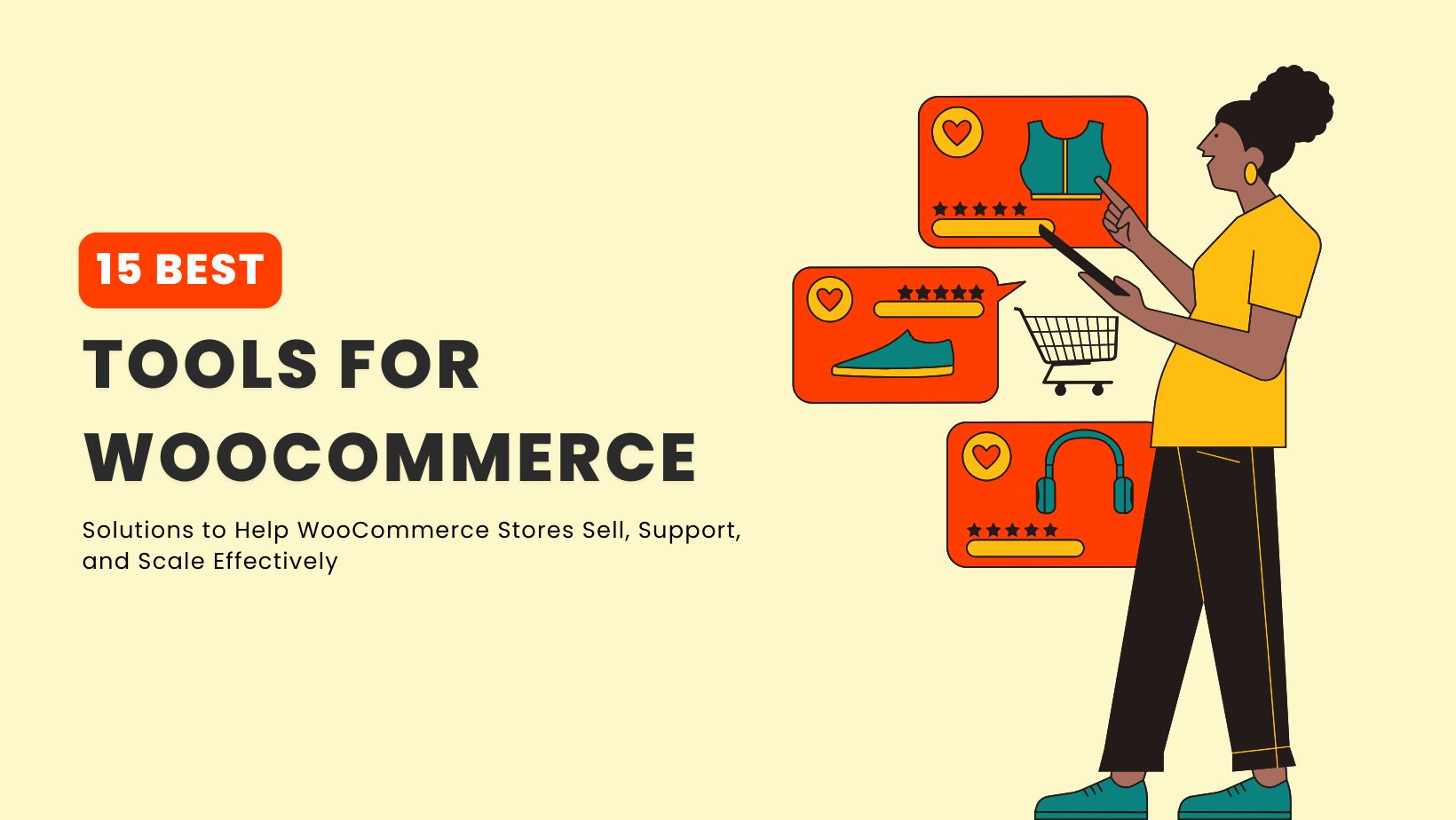
WooCommerce gives store owners flexibility, but that flexibility comes with trade-offs as a store grows. Over time, pages slow down as plugins accumulate, carts get abandoned without obvious reasons, and customer questions start consuming more time than expected. These issues rarely appear all at once, but they compound quickly and directly affect revenue. After working […]

AI customer support tools now form a core part of how many teams handle growing contact volumes and rising customer expectations. At the same time, the market has become crowded, with many similar-looking products and overlapping claims, which makes evaluation harder for support leaders. The AI customer service segment grew from about $12 billion in […]

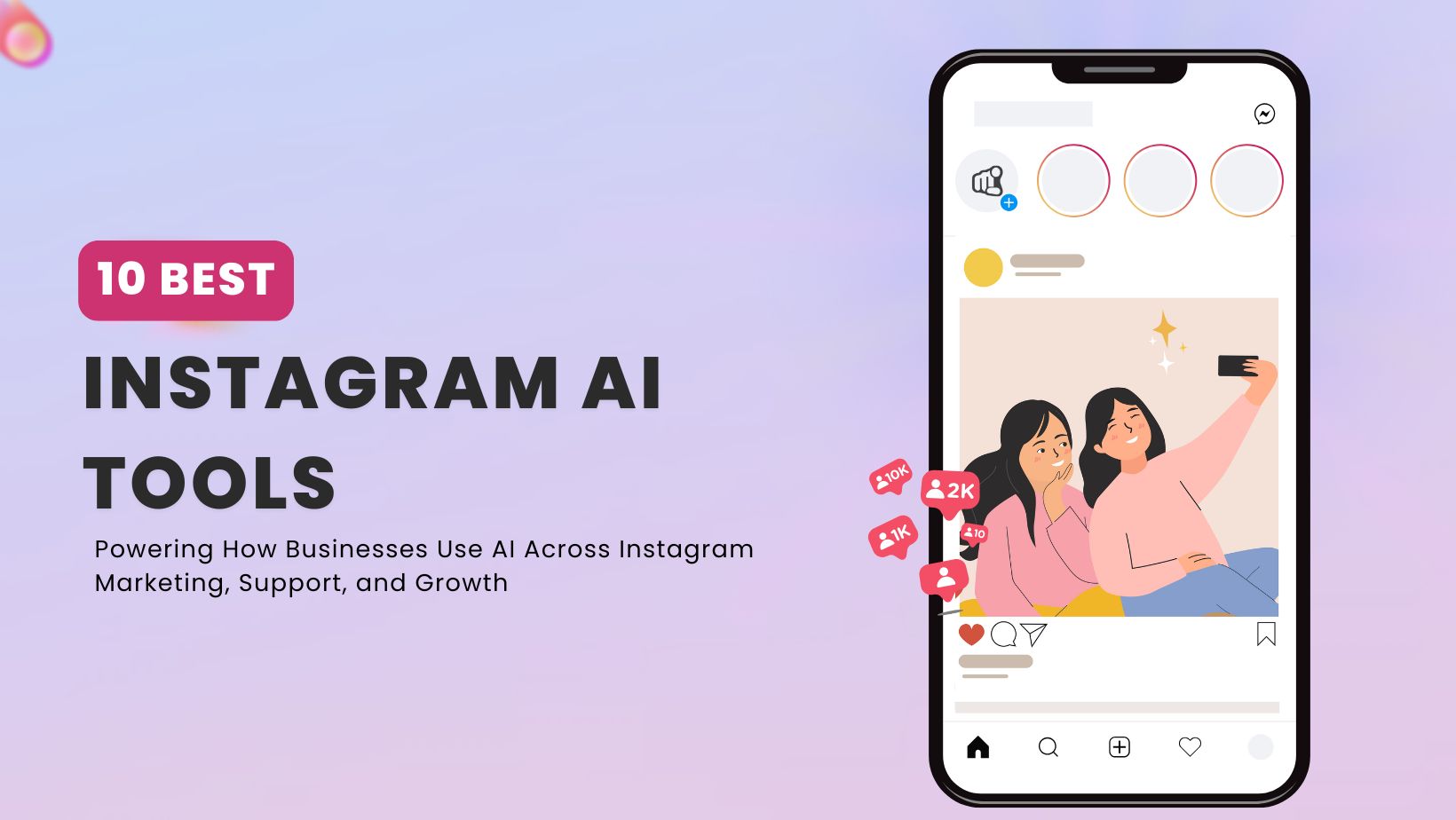
If you run an Instagram account for business in 2026, you already feel the pressure. The platform has 2 billion monthly users now. About 44% of people on Instagram shop every week, and most expect you to reply to their messages in under an hour. Between creating posts, Stories, and Reels, answering DMs, responding to […]

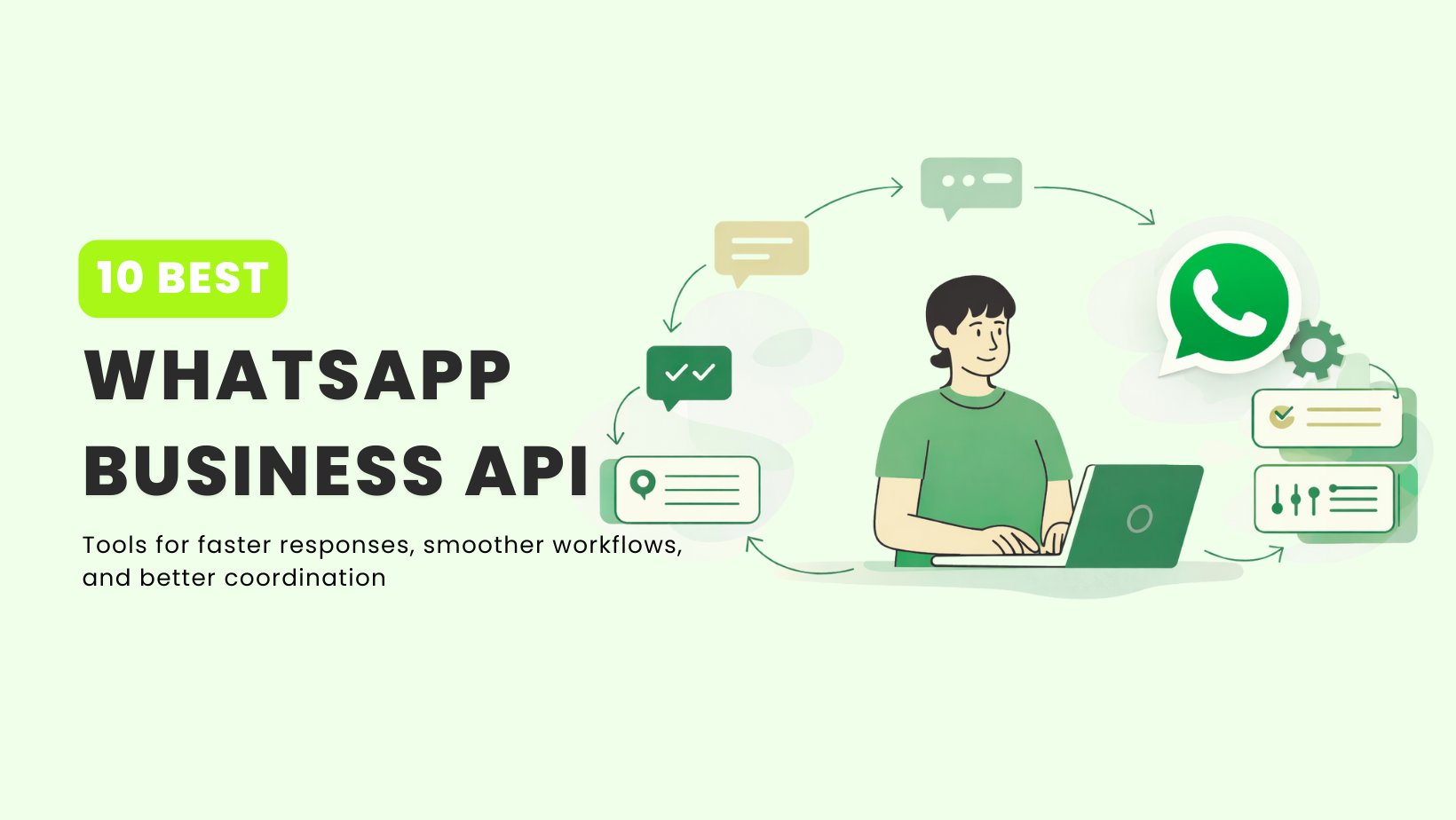
TL;DR As WhatsApp becomes a core business channel, teams outgrow the basic app and need API-based tools for scale. Platforms such as YourGPT, Respond.io, and Yellow.ai support advanced automation and multi-team workflows, while WATI fits smaller teams needing a simple shared inbox and light automation. WhatsApp has become one of the most important channels for […]

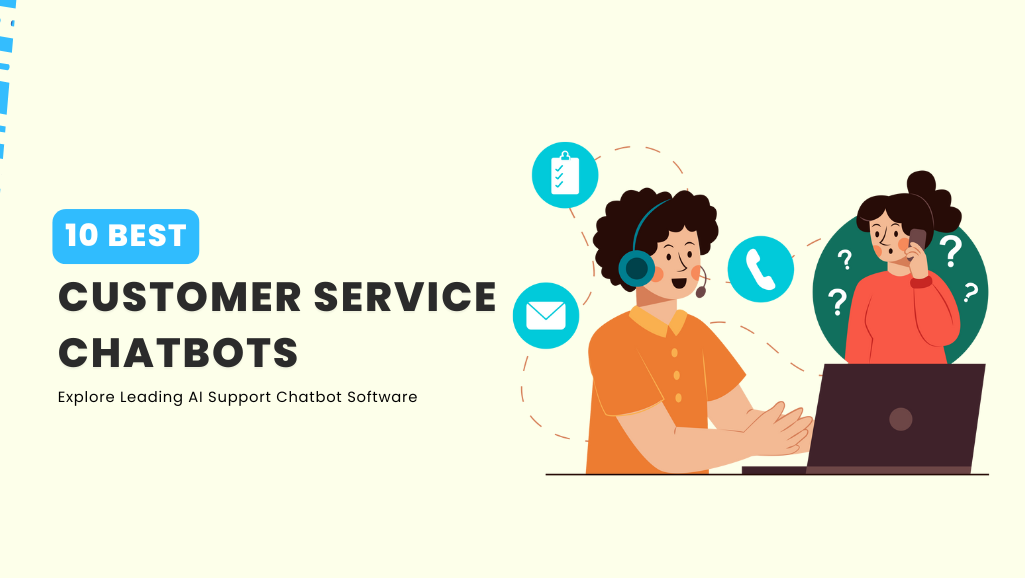
A customer sends an urgent question while your support team is offline. The delayed reply leads to frustration, and a small issue becomes a poor experience. This happens daily for businesses that cannot offer consistent, real-time support. AI chatbots help solve this. They respond instantly, understand context, guide customers through solutions, and transfer complex issues […]


LiveChat is a customer messaging platform that has helped many teams handle customer questions through basic chat widgets, but the way businesses support customers has changed. People now expect quick answers across more channels, and support teams want tools that cut down on repetitive work instead of adding to it. As a result, many companies […]
